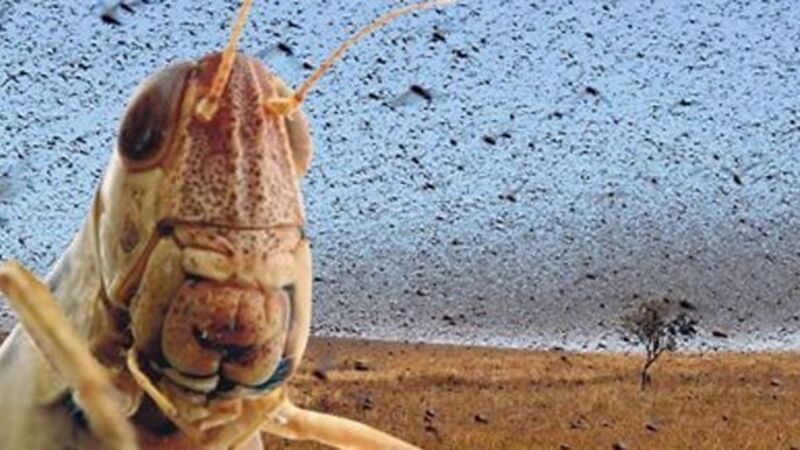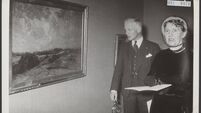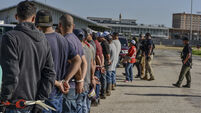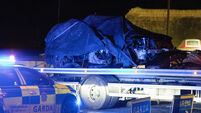Self-interest drives locust swarms

Is majority rule, pioneered by the Greeks over two millennia ago, found elsewhere in the animal kingdom? Geese migrate in flocks and great herds of wildebeest cross the African plains. Do dominant individuals within these assemblies decide when to set out and where to go, or is it a case of democratic ‘mob rule’?
‘Behold, tomorrow will I bring the locusts ... they shall cover the face of the Earth and shall eat every tree which groweth for you out of the field’; the 8th plague was visited upon Pharaoh who wouldn’t let Moses and his people go. Like the Mongol army of Genghis Khan, quadrillions of desert locusts went on the rampage.
Desert locusts, giant grasshoppers, live solitary lives as nymphs in the grasslands of North Africa. Occasionally, however, their numbers rise dramatically and food resources become stretched. The insects assemble into armies and, in their adult form, head for fresh pastures. They can travel hundreds of kilometres in a day, stripping the countryside of its vegetation. Hordes cross North Africa, the Middle East and Asia. Peter Miller, in his book Smart Swarm , describes how they descended on Nouakchott, the capital of Mauritania, in 2004. Whole trees bent under their weight and the city was stripped of its greenery. “The flower gardens at the presidential palace were all gone and the city’s main soccer pitch was chewed to pieces”.
Ant and bee colonies swarm but their members are so closely related they almost constitute a single organism. Locusts seem to swarm by common consensus. But is this really a democratic process, an action taken ‘for the common good’, or is each insect pursuing its own interests? From Disorder to Order in Marching Locusts is the oracular title of a 2006 paper by scientist J. Buhl and colleagues. They argue that, as the density of locusts increases in an area, a point is reached where “a rapid transition occurs from disordered movement of individuals within the group to highly aligned collective motion”.
One of Buhl’s co-authors, Steve Simpson, experimented with captive locusts to find what stimulated such a radical change. Neither the sight of other locusts nor the smells exuded by them, he found, have much effect on behaviour. However, a locust responds dramatically when another one bumps into it, so Simpson began touching locusts on various parts of their bodies with a tiny brush. This led to an extraordinary discovery.
A locust is indifferent to contact with most parts of its body but, when its hind legs are touched, it immediately becomes sociable. Physical contact with a leg seems to tell it that the environment is becoming crowded. The solitary animals suddenly become gregarious.
The insect equivalent of a nuclear chain reaction commences; locusts form closely knit groups which merge into each other until a vast swarming flock is created. But is the swarm democratic? Simpson kept locusts in a circular racetrack-like container. In their pre-flight stage, they marched endlessly around the circuit. Then, one morning, a researcher noticed that there was one fewer insect. Locusts are vegetarians so where had the missing one gone? Individuals were being eaten by their peers. The locusts at the head of the marching column were fleeing for their lives, those behind them being driven by the prospect of a meal. Contact with the sensitive hind legs drove the creatures relentlessly onwards. Unlike assemblies of ants bees and termites, those of locusts appear to be based, not on notions of the common good but on self-interest, bullying and terror. Their democracy, like many human ones, is more apparent than real.













